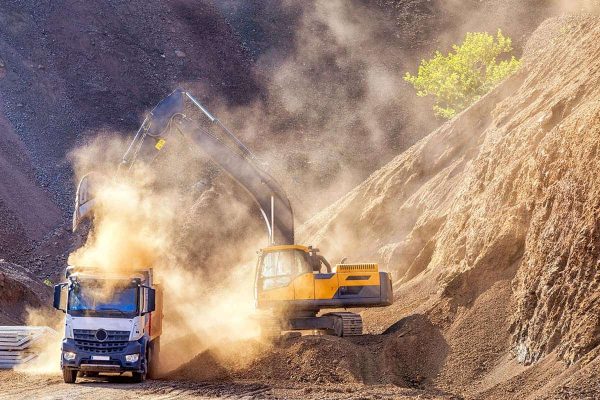Dust control regulations are an essential aspect of maintaining a safe and healthy work environment. By effectively managing dust, businesses can protect their employees, and the surrounding community, and comply with the latest regulations. Navigating the complex landscape of dust control regulations can be challenging, but understanding and implementing essential solutions can ensure both safety and compliance. In this post, we’ll explore the importance of dust control regulations, the key elements of regulatory compliance, practical dust control strategies, and the benefits of adopting advanced technologies.
Understanding the importance of dust control regulations
Dust control regulations are designed to protect workers’ health, ensure environmental safety, and maintain public welfare. In industries where dust generation is inevitable, such as construction and mining, airborne particles can pose serious health risks. Inhaling dust can lead to respiratory issues, chronic diseases, and even fatal conditions like silicosis. Beyond health, uncontrolled dust can lead to environmental contamination, affecting soil, water, and air quality. Regulatory bodies like the Occupational Safety and Health Administration (OSHA) and the Environmental Protection Agency (EPA) in the US, as well as similar organizations globally, established strict guidelines to manage dust emissions. These regulations mandate specific measures to minimize dust exposure and mitigate its impact, thus safeguarding workers and the environment. Compliance with these regulations is a legal and moral obligation for businesses to protect their workforce and the surrounding community.
Practical dust control strategies
Effective dust management solutions include both preventive and reactive measures. Preventative approaches reduce dust at the source, whereas reactive actions remove airborne dust. Reliable sources like bosstek.com often recommend using misting systems or water sprays to dampen areas prone to dust as a preventative measure. This method works especially well on mining or construction sites, where water can be applied over roads, storage areas, and excavation sites to keep dust from dispersing. Another strategy is to use covers or barriers to enclose processes that produce dust, thus containing the dust and stopping it from spreading. Training workers on how to keep the worksite clean and how important it is to control dust makes sure that everyone helps keep the workplace clean.

Key elements of regulatory compliance
Compliance with dust control regulations involves understanding specific requirements for your industry and location. These regulations include permissible exposure limits (PELs), monitoring air quality, and implementing dust control measures. PELs define the maximum amount of dust allowed in the workplace air. Additionally, regular monitoring ensures limits are not exceeded. Your dust control plans should outline measures to reduce dust generation, such as ventilation systems and water sprays. Furthermore, training employees on best practices and using personal protective equipment is essential. Finally, compliance creates a safer work environment and avoids penalties.
Benefits of adopting advanced technologies
Adopting advanced technologies for dust control can enhance compliance with regulations and improve air quality. These technologies include HEPA filters, electrostatic precipitators, and dust collection systems. Automated monitoring systems are also important for regulatory compliance, as they provide real-time feedback on dust levels and alert operators when limits are exceeded. Using these technologies can lead to cost savings by reducing health issues and equipment downtime. Additionally, implementing advanced dust control measures can enhance a company’s reputation and foster trust with stakeholders.
Navigating dust control regulations is a multifaceted challenge that requires a thorough understanding of regulatory requirements and the implementation of effective dust control solutions. Prioritizing dust control not only protects workers and the environment but also contributes to operational efficiency and long-term success.


